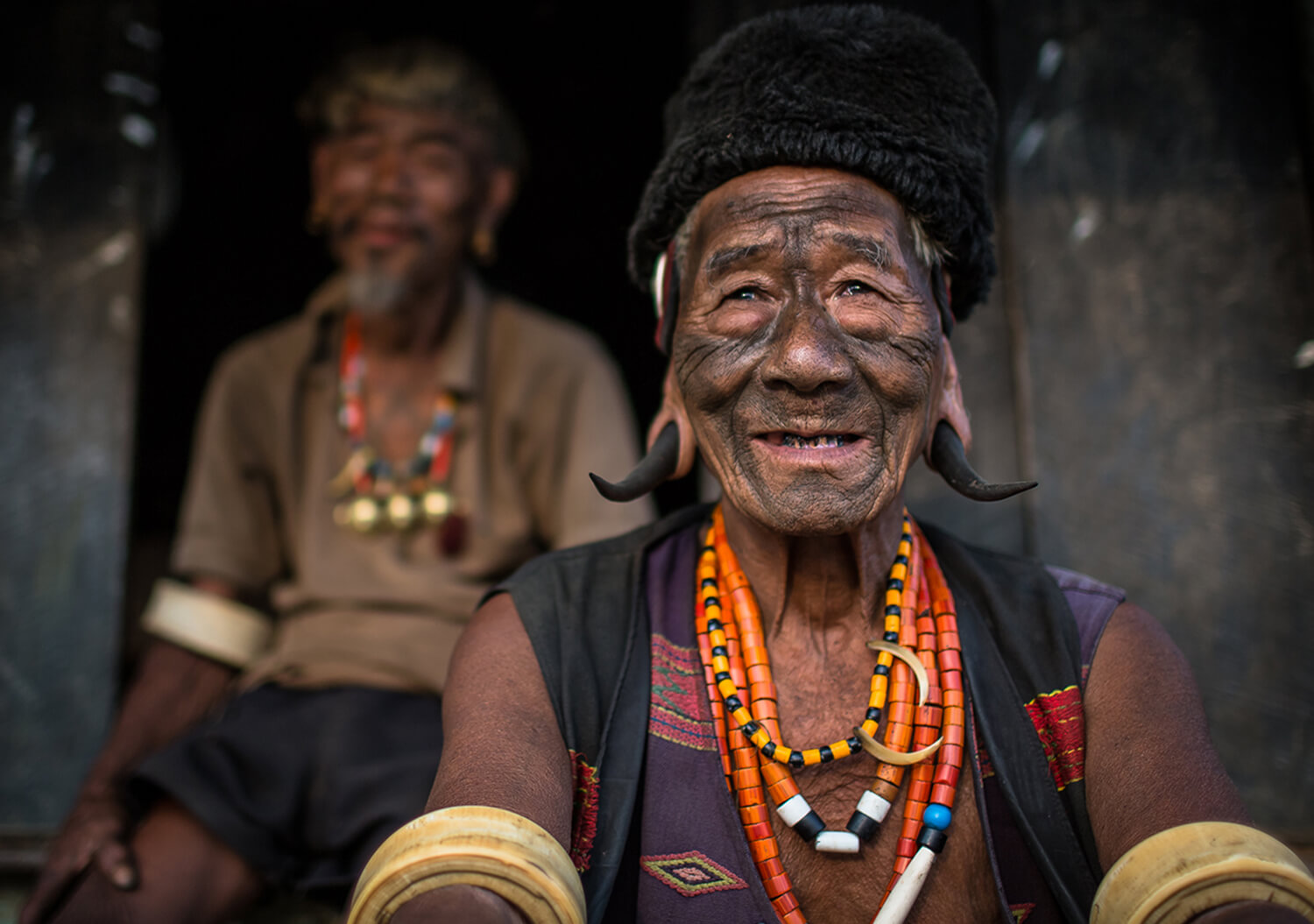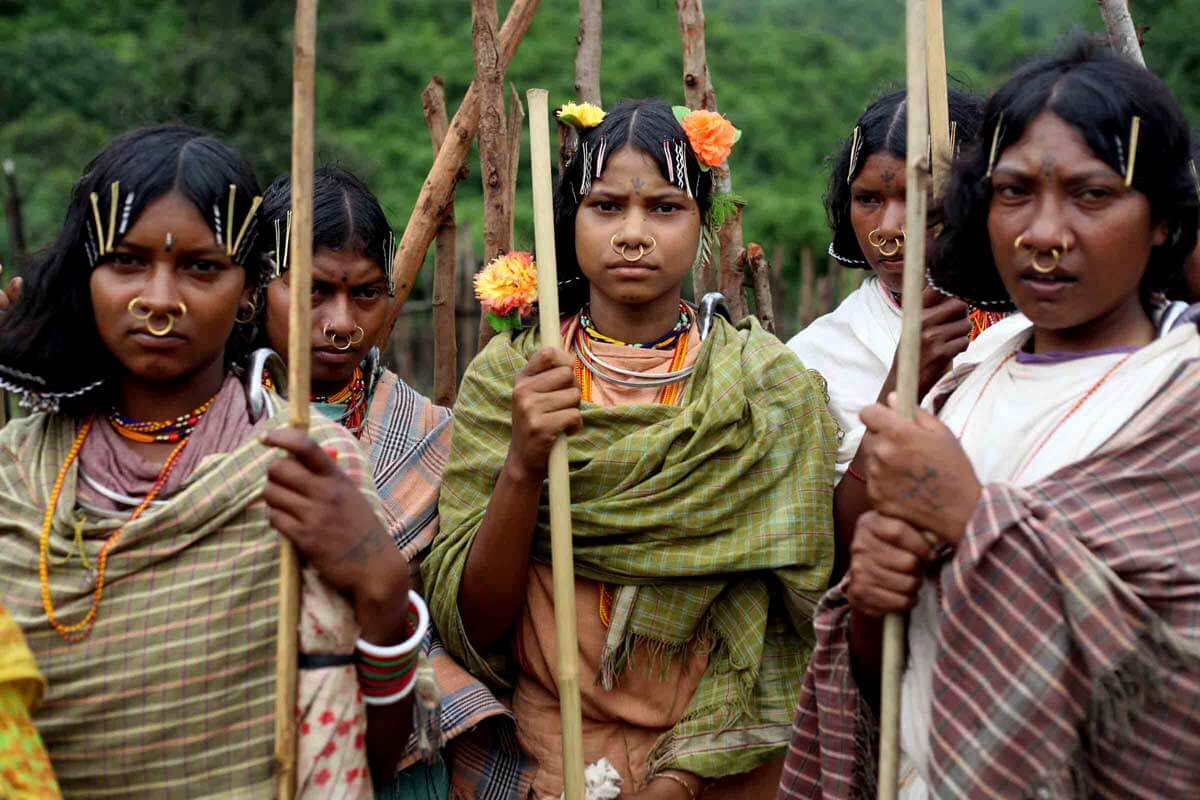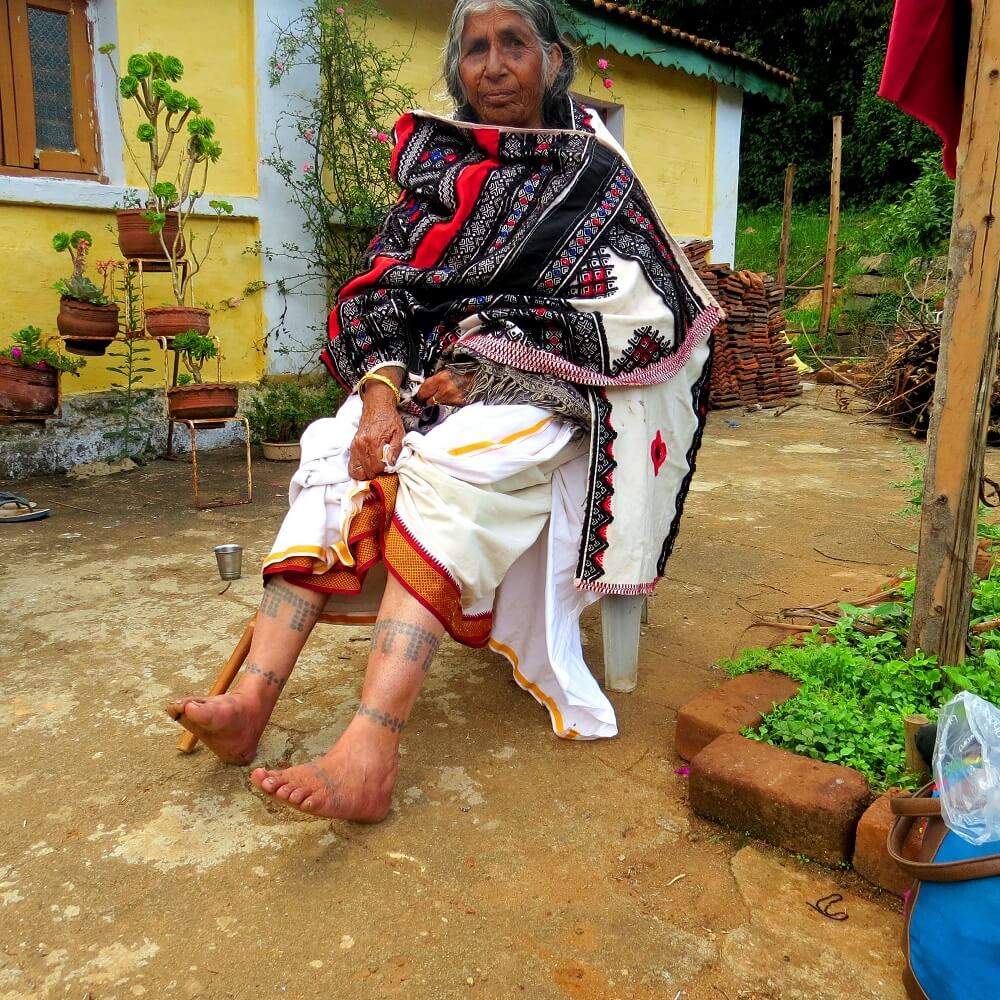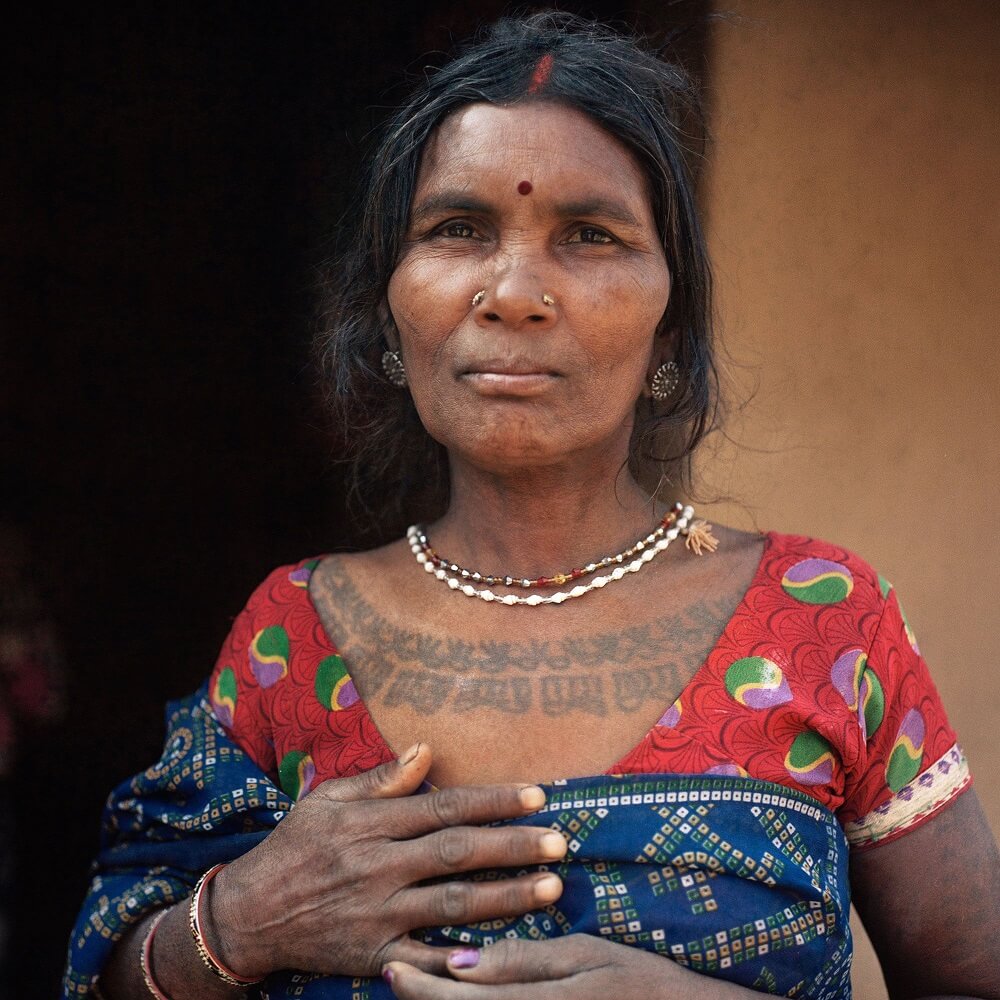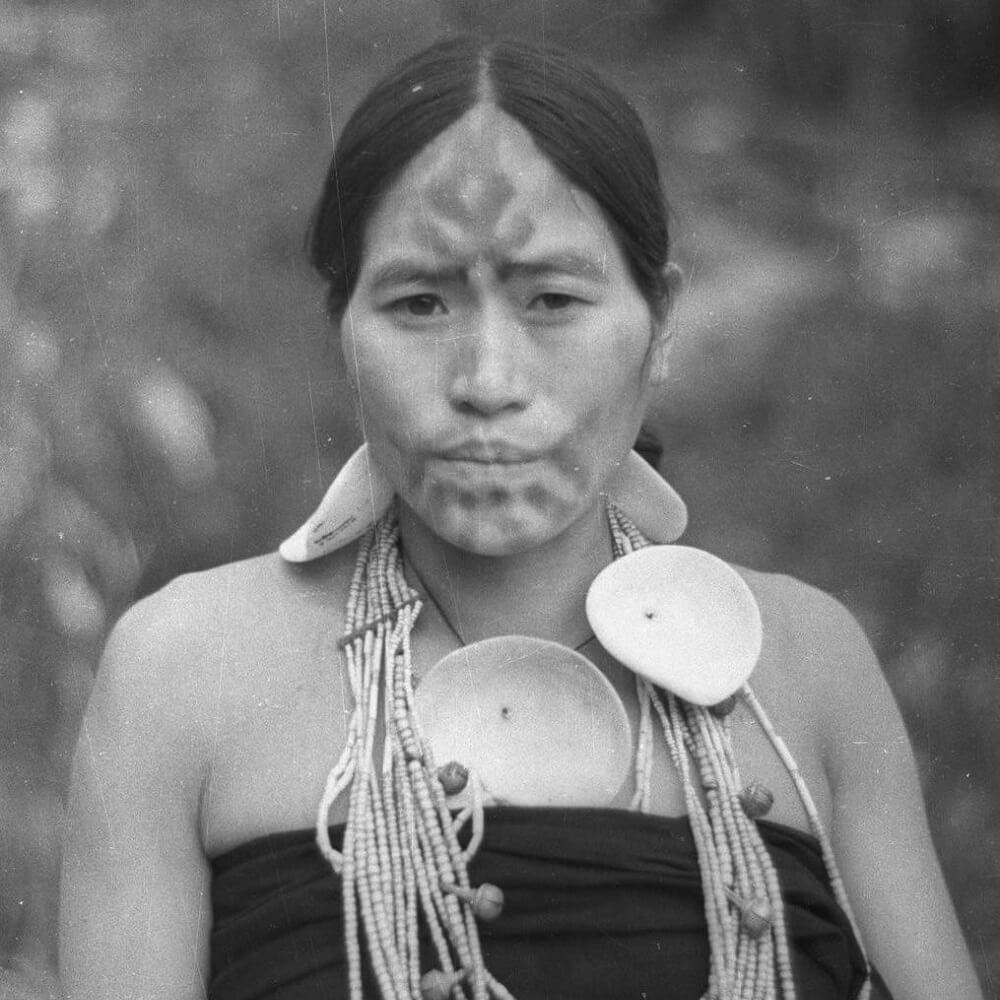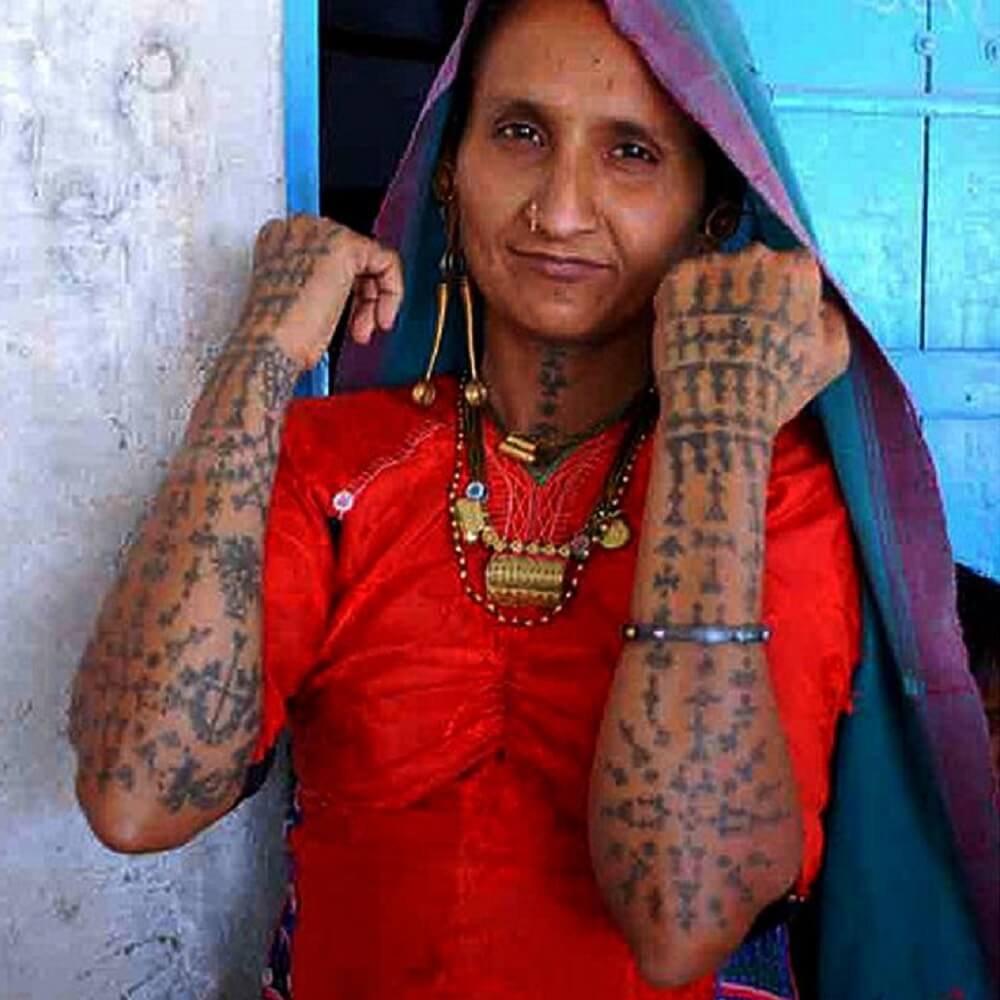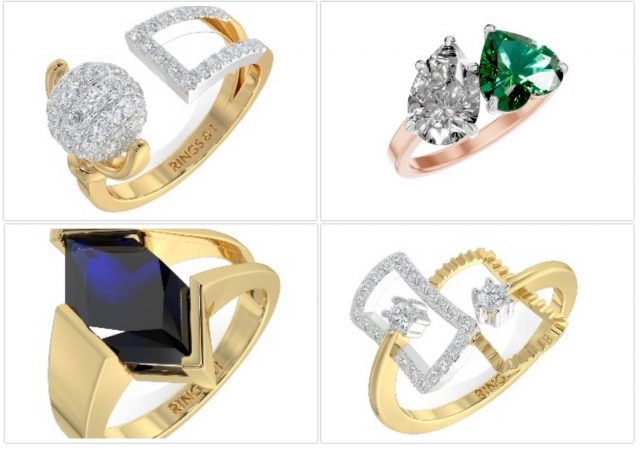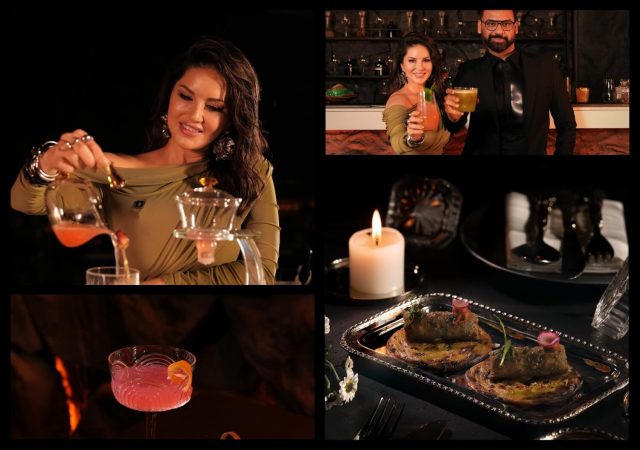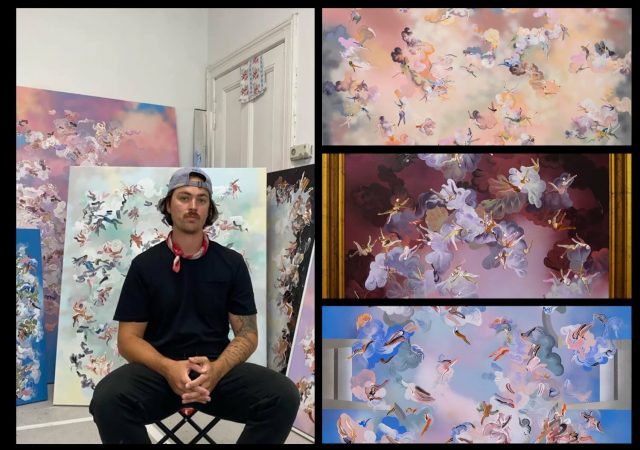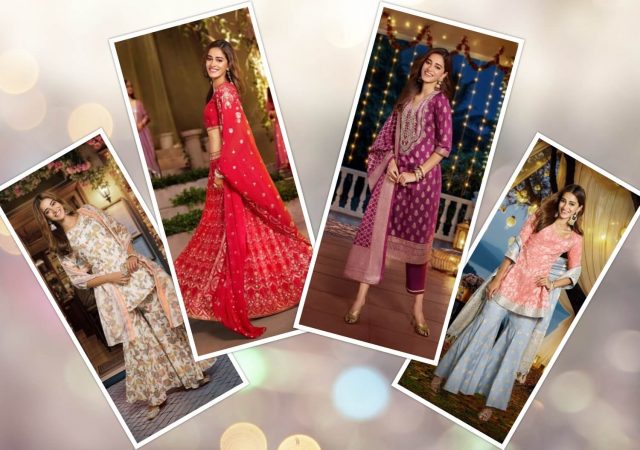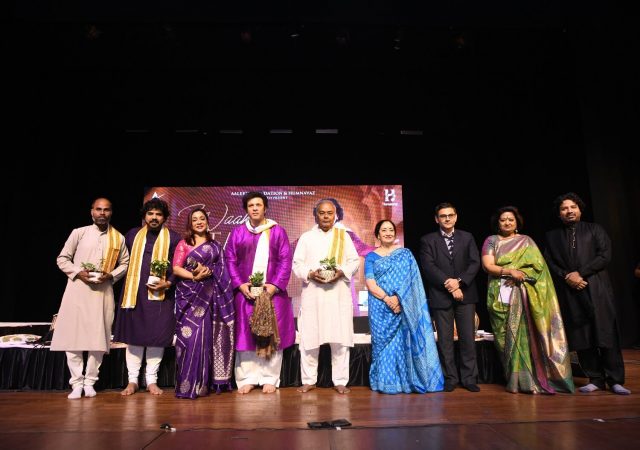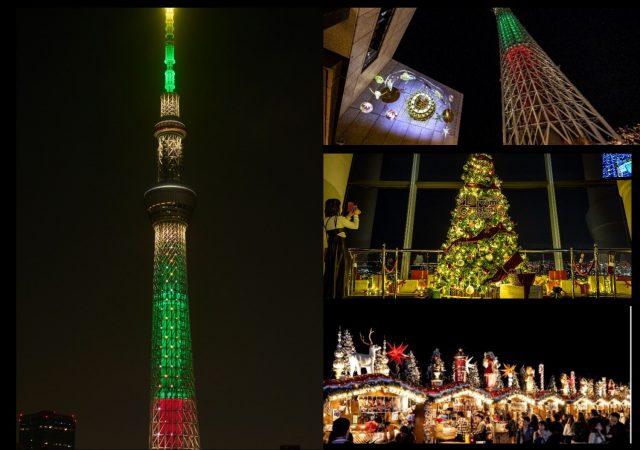Beautifully attractive or mushily significant, tattoos have a way of their own. From designing their own tattoos to surfing the internet for the most attractive ones, there’s no doubt that young Indians use the tattoo culture for creativity.
But did you know that this fashion actually has been a part of the Indian ritual and ethos?
Tattoos have been around in India since ancient times. But just how old this practice is, remains a secret. The tattoos are not only as jewellery or caste marking but also as a means of manifestation and trust. It signifies their identity: their caste, gender, trust and ethnicities. Each tribe has its own unique methods, pigments and ingredients to make a tattoo. We enlist some strange practices here.
The Santhals
Having different tattoos for each sex, this tribe from Bengal and Jharkhand, have a different body part for a different stage of life. Men have a coined shape ‘sikka’ adorned on their forearm. They also numerous tattoos along their wrists, which are always in an odd number. As according to the Santhal faith, odd numbers imply life and even numbers imply death. Women are marked on various body parts, including the face with flower-patterned tattoos. They believe that the excruciating process prepares the girl for maternity and gives her the strength to face the inspiring life.
Toda Tribe Of South India
In Southern India, long-lasting tattoos are called pachakutharathu. They were very common, particularly Tamil Nadu, before 1980. The wandering Korathi tattoo artists travelled the countryside in search of clients. The kollam, a graceful complex design believed to entangle evil beings, is inked on bodies to lastingly keep them safe and secure until reunified with dead ancestors in the afterlife. Among the Toda tribe of South India, the hands and calves and shins are inked with the same geometric outlines used in their cross-stitch.
The Dhanuks
The women of this tribe from Bihar are tattooed as a means of protection from the rapacious eyes of the avaricious nobles. Even though their faces are covered in purdah, the visible areas of their face and body are inked to make them look ugly and not attractive and avoid the eyes of sexual slayers. It is also a mark of them belonging to the lower caste.
The Ao Nagas
Females are being skilled from era to era about the talent of gondan in this tribe of Nagaland as they are the ones who carry out this ceremonial. Girls are inked before adolescence, otherwise, she is considered as a shame and would not marry well. Several women hold that girl plied on the ground when the needle is pressed in her skin. A little bunch of cane thorns is used to puncture the skin with a root of kamri. If a girl struggles and yells during the tattooing, a fowl is quickly forfeited close-by to mollify any evil spirit that may be growing the pain. The colouring matter is the soot made from the sap of a tree bark called napthi, which is burnt in a pot on the fire. And also, no men should be around when a girl is getting inked is a stern rule followed.
The Rabaris
These tribal women of Gujarat refer to their tattoos as ‘trajva’, in which they hold a tough nous of uniqueness and are considered prophylactic. It is a sign of their strength as the process of getting the trajva is very painful, unbearable and vulnerable to infection. Potential brides are decorated with tattoos, as bare skin is viewed to be horrid. There are signs like scorpions, snakes, and many more on their faces, claves, throats, forearms, breasts, neck, etc. The men have symbols of camels on the back of their right palms. The ink is prepared by mixing lampblack and tannin pull out from the bark of a local kino tree, or with mother’s milk or sometimes even urine.
Even though the Tattoo industry is booming, this age-old custom of gondan is vanishing away as the times progress.


